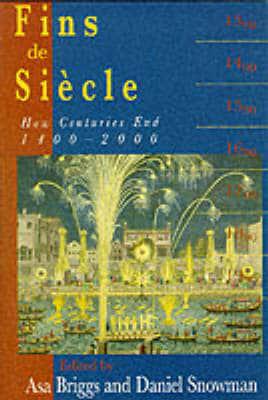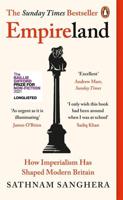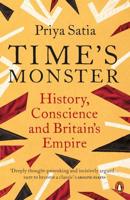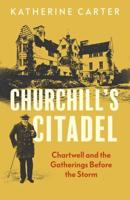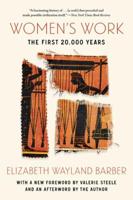Publisher's Synopsis
As we approach the new millennium, we find ourselves reassessing the past and looking forward to the future. Has the prospect of a new century always provided a "sense of an ending"? In this timely and stimulating book, experts on every century since the fourteenth each explore the characteristics of a different final decade and find that a consciousness of time has indeed influenced the way people perceive their place in history.
The writers-Paul Strohm on the 1390s (when signs of a new time consciousness first emerged), Malcolm Vale on the 1490s, Ian Archer on the 1590s, Peter Earle on the 1690s, Roy Porter on the 1790s, and Asa Briggs on the 1890s and 1990s-discuss what is common and what is distinctive to each period. Investigating cultural and intellectual attitudes, economic and technological developments, and artistic, scientific, and political change, they capture the atmosphere of each end of century. As well as the great watersheds of history, the authors explore the daily lives of ordinary citizens, recounting personal histories and subtle shifts in diet, fashion and design, sex and gender roles, and relations between rich and poor, and the emergence of language. Illustrations from both high and popular art provide arresting images of the cultural and social fabric of each community.
The year 2000 will be the first millennium humankind has consciously experienced: we look back not a hundred but a thousand years, and in looking back we are better prepared to plan ahead. From the apocalyptic vision of medieval Judgment Day sermons to the decadence of the current fin de siècle, from the invention of printing to cloning and computerization, this book is a pertinent guide to the future as well as to the past.
The writers-Paul Strohm on the 1390s (when signs of a new time consciousness first emerged), Malcolm Vale on the 1490s, Ian Archer on the 1590s, Peter Earle on the 1690s, Roy Porter on the 1790s, and Asa Briggs on the 1890s and 1990s-discuss what is common and what is distinctive to each period. Investigating cultural and intellectual attitudes, economic and technological developments, and artistic, scientific, and political change, they capture the atmosphere of each end of century. As well as the great watersheds of history, the authors explore the daily lives of ordinary citizens, recounting personal histories and subtle shifts in diet, fashion and design, sex and gender roles, and relations between rich and poor, and the emergence of language. Illustrations from both high and popular art provide arresting images of the cultural and social fabric of each community.
The year 2000 will be the first millennium humankind has consciously experienced: we look back not a hundred but a thousand years, and in looking back we are better prepared to plan ahead. From the apocalyptic vision of medieval Judgment Day sermons to the decadence of the current fin de siècle, from the invention of printing to cloning and computerization, this book is a pertinent guide to the future as well as to the past.
